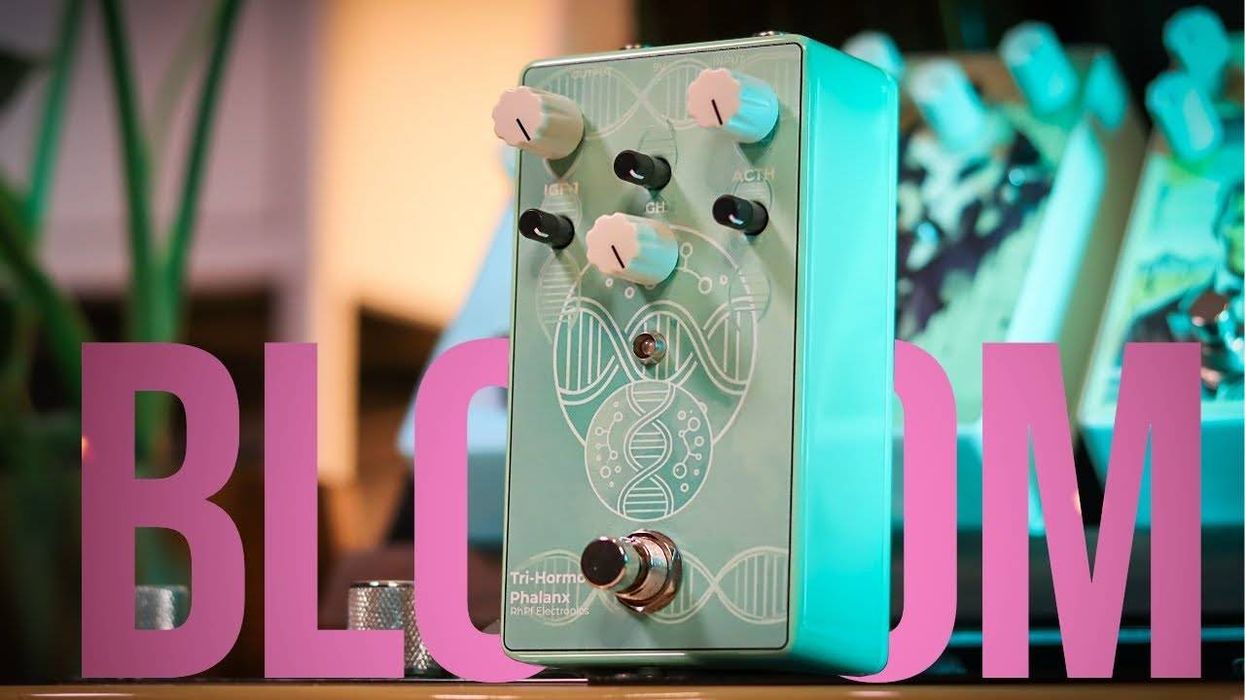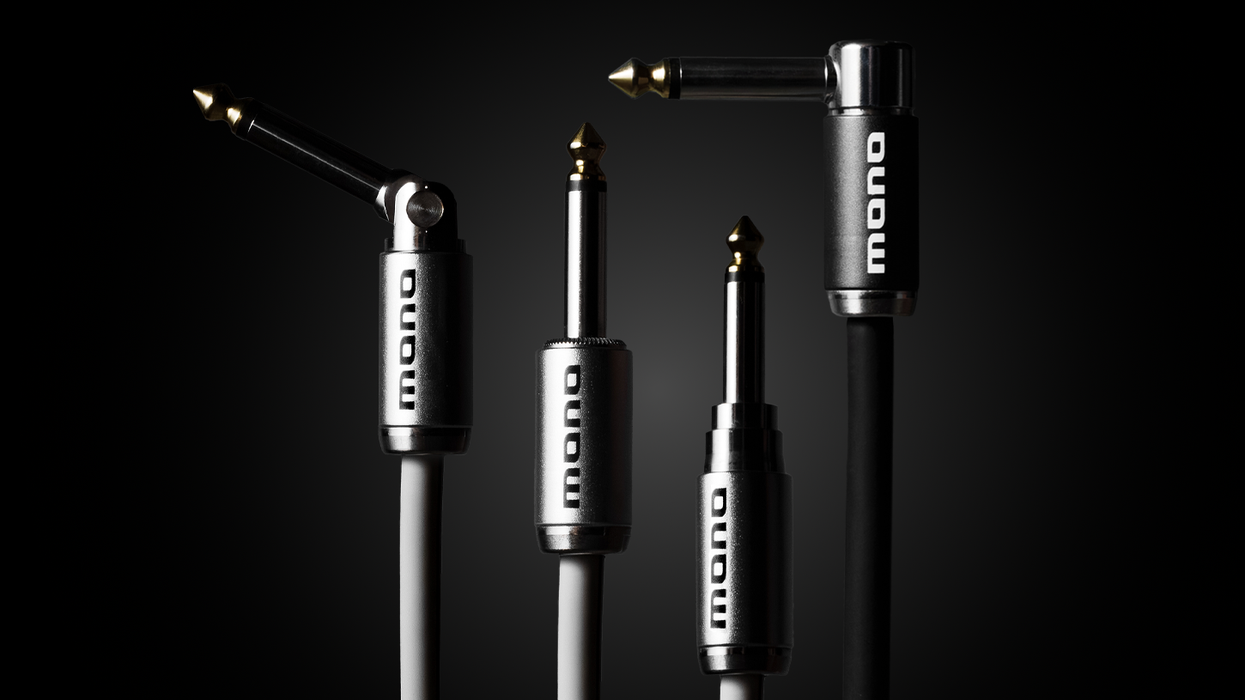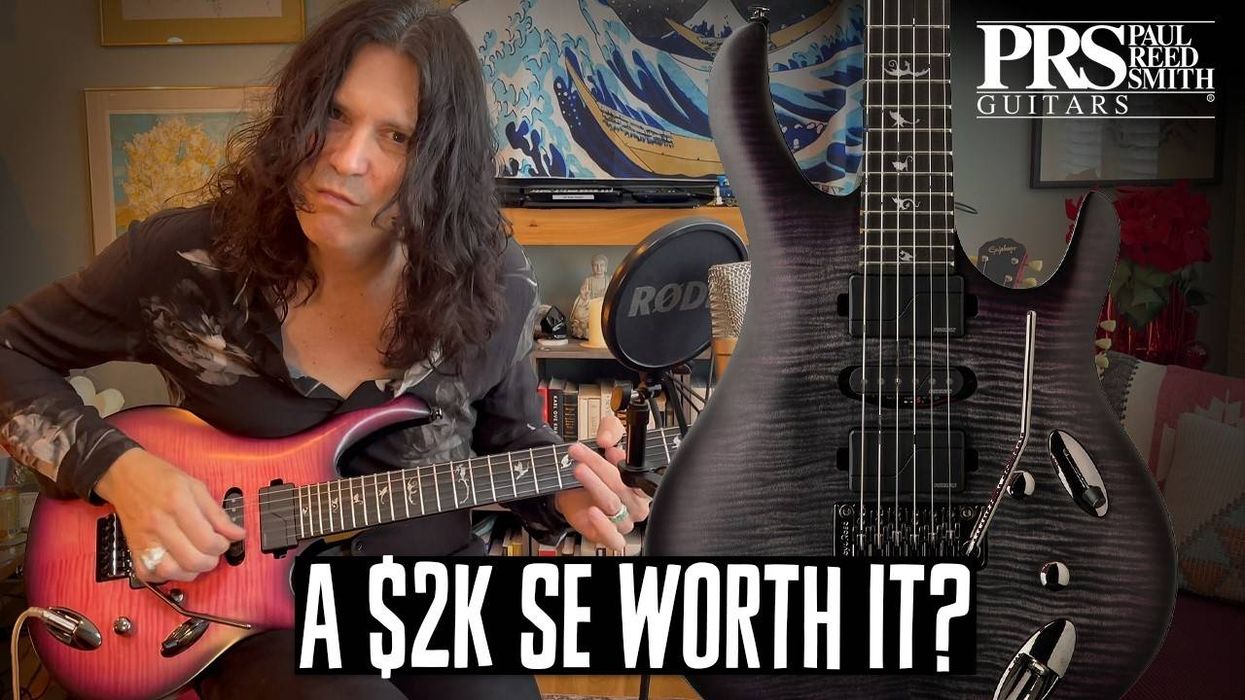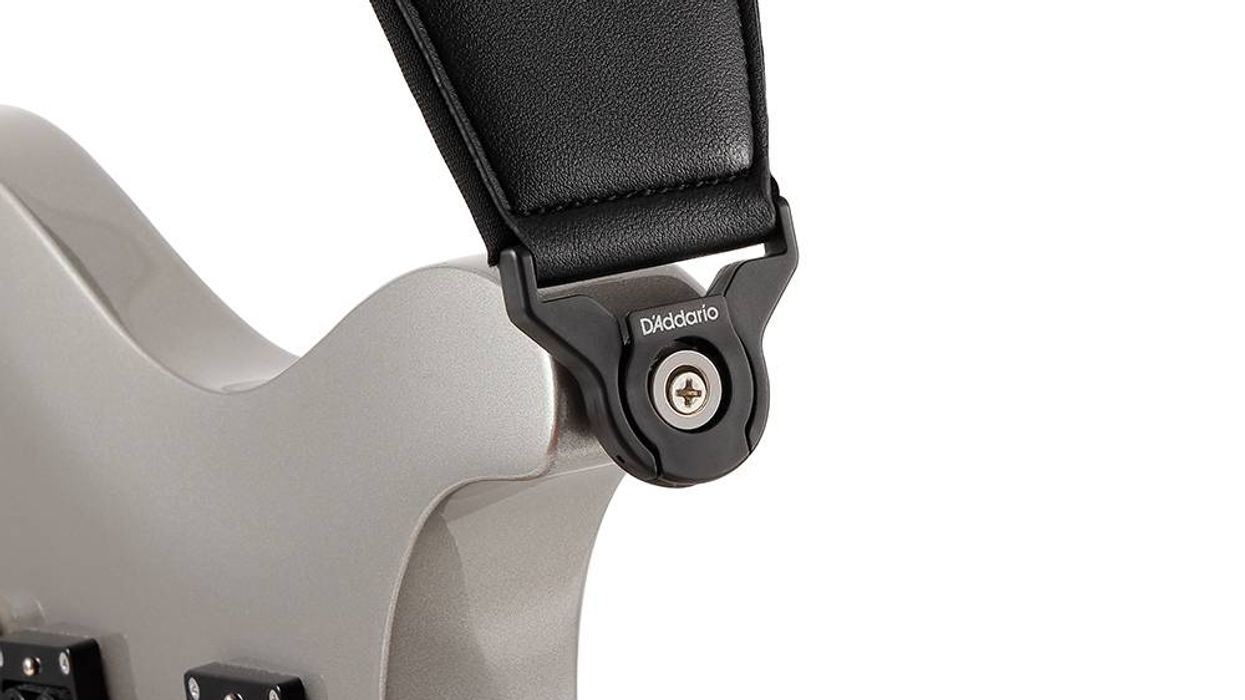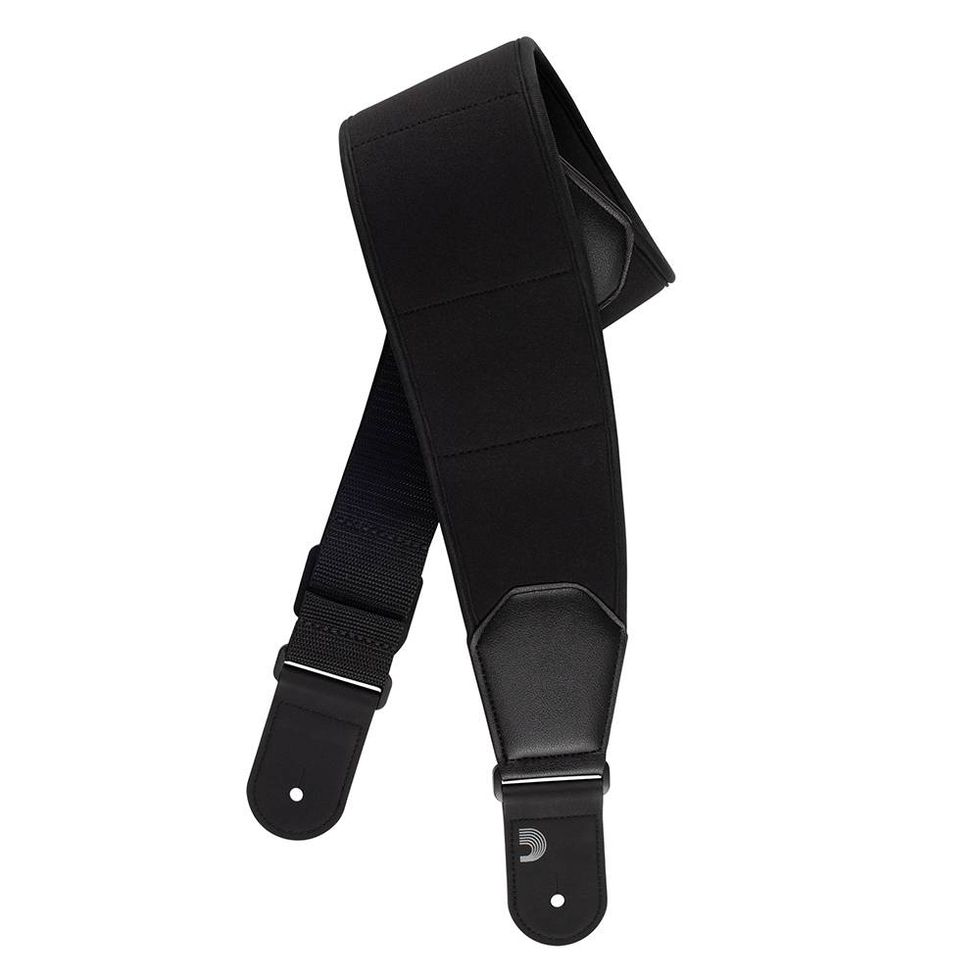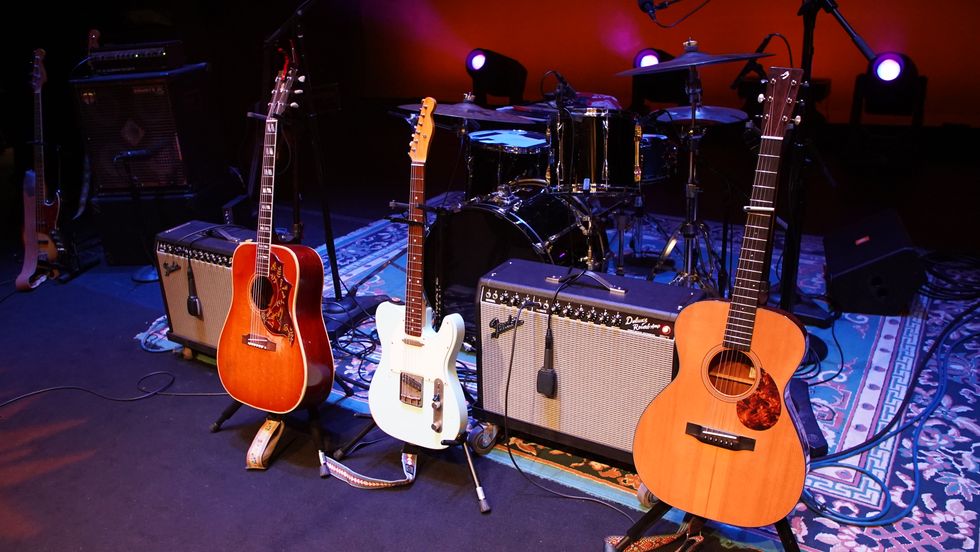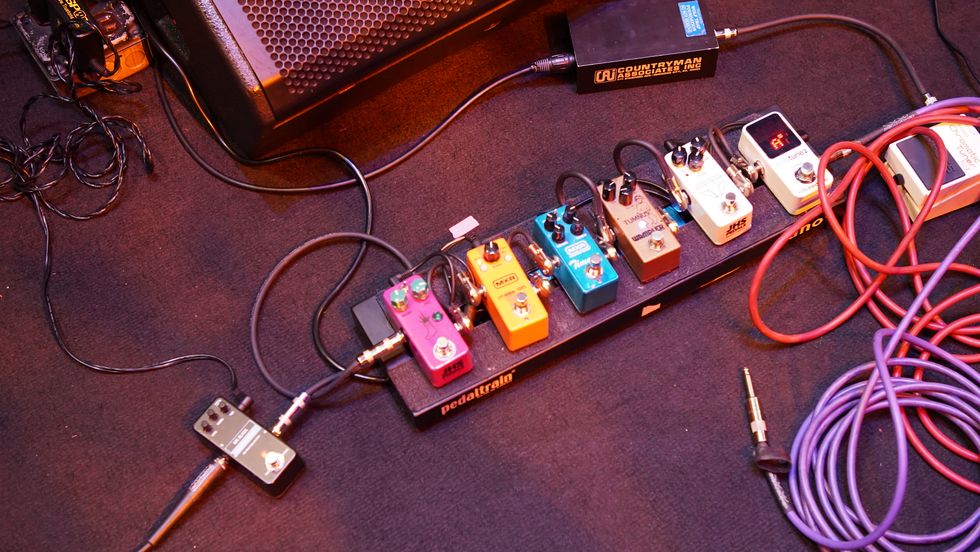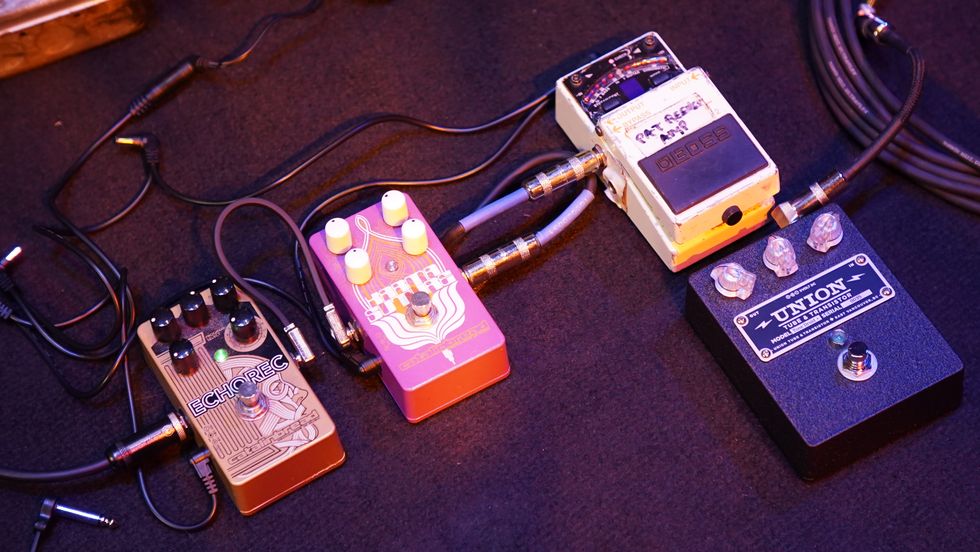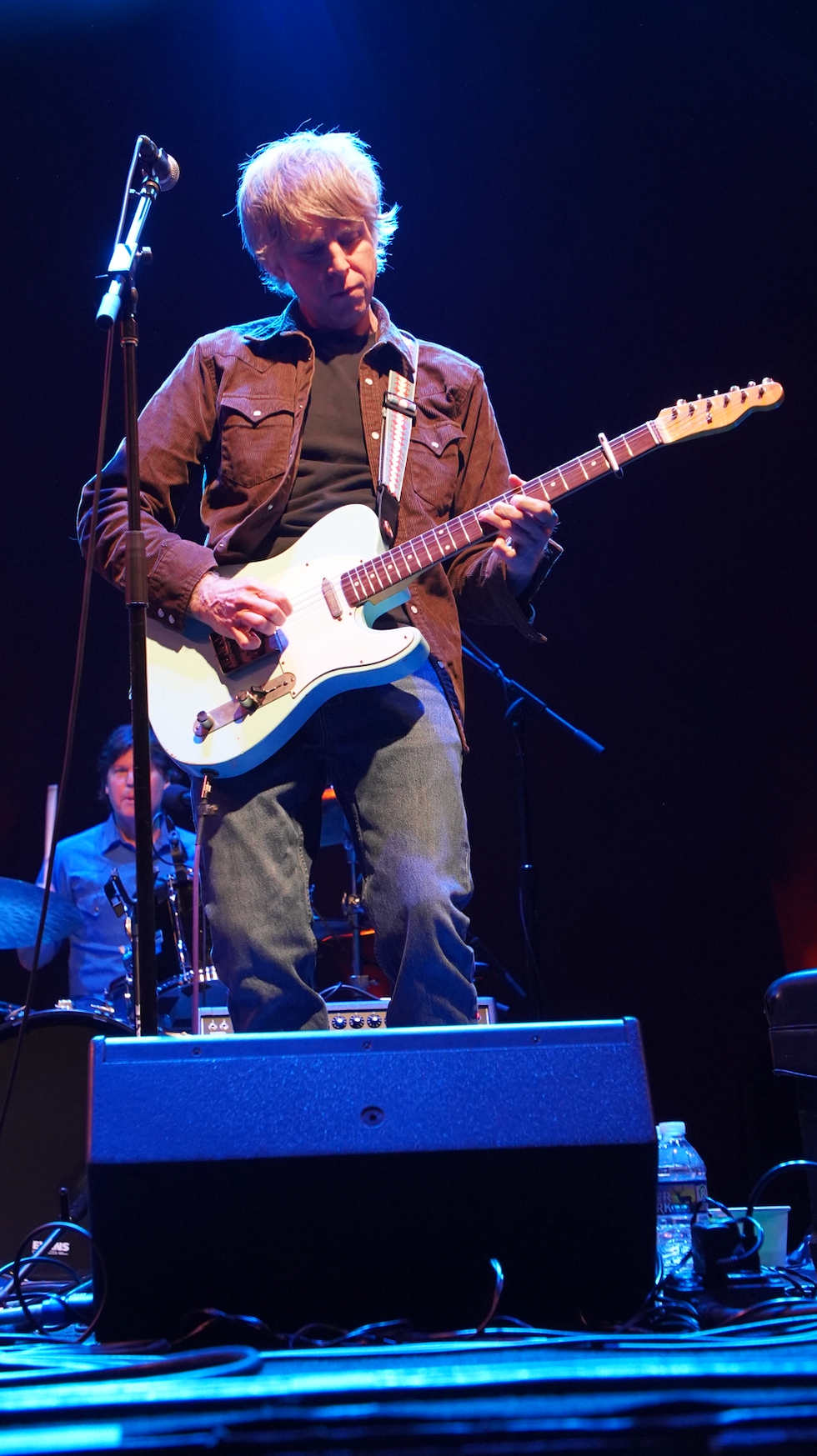Phase 4 (2004-present)
The most powerful price appreciation the vintage electric guitar market has seen during the last 20 years is occurring during Phase 4 (2004-present). Some rates of appreciation have doubled those seen in the last cycle for the best models in excellent, original condition. With prices ranging from $20,000 to $500,000 for the best golden-era electric guitars, wealthy individuals have become the primary buying group in the market. Since most of the world’s wealth is held by relatively few people, a small amount of investment funds funneled into old guitars can raise prices significantly. Relatively few excellent examples of key models exist, and a small number seem to be available in the market at any given time. Strong demand coupled with a relatively small and fixed supply of instruments has driven values into a price range that only buyers with large sums of discretionary funds can participate in.
Certainly, external financial factors have exerted influence upon the vintage guitar market. Extremely inexpensive money and credit existed for the last half-dozen years along with a wide availability of credit. With the low cost of funds, some investors looking for higher yields found smart investments in the classic vintage guitar market, based on historical returns. In this environment, many dealers simply pay more if they “must” to acquire a fine piece and ask “more” than they paid. As long as the market players pay higher prices, like Steven Tyler from Aerosmith once sang, “train kept-a-rolling,” and it has been the operative theme since.
So, unlike stocks, the collectible guitar market seems to act differently with fewer “corrections” or “bear” periods. The guitar market tasted a bit of “loss” with Stratmania in the late 1980s. Recently, it seems Les Paul Juniors and sunburst Stratocasters (mid-to-late 1960s) have moderated in price. The market may have played a bit of Stratmania II over the last twelve months. These models experienced very high price increases during the last three years, due to their fairly low entry price that easily moved into the five-figure range for the best early models. Subsequently, due to the relatively high number of units made (versus golden-era classics like Les Paul Standards and slab-board Strats), many owners brought them to market to capture what they viewed as high prices.
The Internet and new entrants to the market are a few important factors in this market’s evolution. The Internet, including eBay, made market pricing more visible over the globe. New buyers have entered the market during this phase, with speculation as a primary motive. Also, five-to-six figure prices for fine guitars limit many aspiring vintage guitar dealers’ market opportunities while creating business for those positioned to capitalize on these conditions.
Some international collectors and dealers became reluctant sellers as demand in the USA has been the strongest region so far during this phase. Vintage guitars which left these shores years ago were repatriated. The Japanese were the strongest international buyers in the 1980s and 1990s – however, on average they began to buy lower-priced models and sell some classic instruments bought years earlier.
Another result born of higher prices is the forgiving attitude of some buyers toward refinished, repaired and changed parts guitars. More than a few guitars exist with parts, necks and finishes that weren’t part of the instrument when it was produced – some instruments were described as 100% original.
No one has a crystal ball to predict the future prices of vintage guitars. This column has discussed the markets, babyboomers and some of the elements that drive the market numerous times. What happens tomorrow or next decade is anybody’s guess. Many years have passed since the last deep recession and old guitars were much less expensive. How this market will react during the next recession is unknown. Since high net-worth individuals are the prime buyers of classic guitars today, it is possible that buying power may not erode significantly. Maybe original owners that are not wealthy will sell their guitars, but my guess is that there are relatively few original owners of golden-era electric guitars left. Many purchases in the future will come from collections.
Markets being markets, they are mostly ruled by supply and demand. Therefore, one must assume the possibility exists that there are other directions for prices besides “up” in the future.
Larry Meiners
Larry Meiners writes this column for Premier Guitar and is the author of the Gibson Flying “V” and Gibson Shipment Totals books as well as the audio CD book for instrument collectors, Live! At The Guitar Show.
For more information please visit: www.flyingvintage.com
Email Larry at: flyingvintage@aol.com
Flying Vintage and The Serious Guitar Collector are trade names of Larry Meiners. All content herein may not be reproduced or copied whatsoever without written permission of Larry Meiners. Copyright ©2007 Larry Meiners
